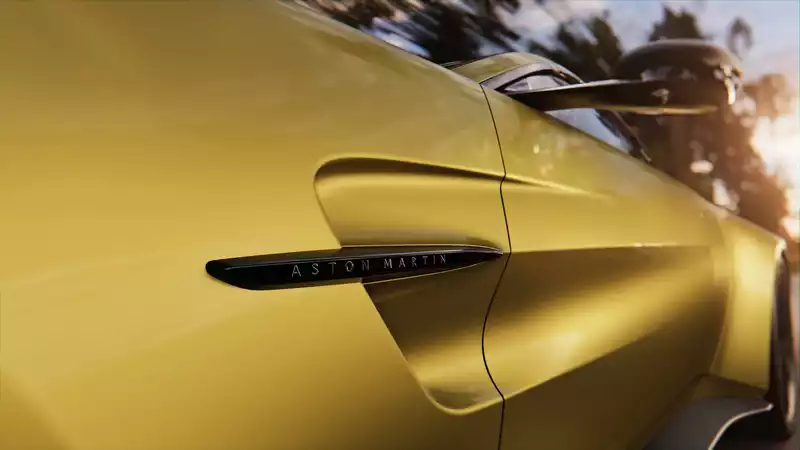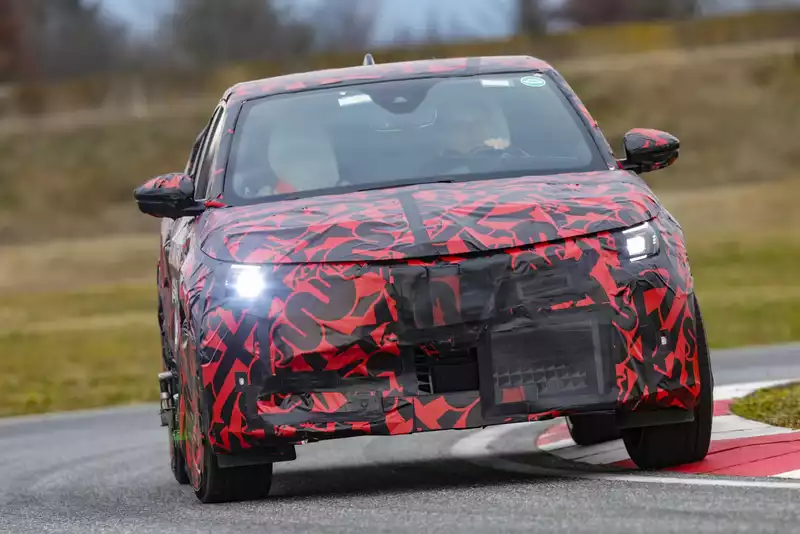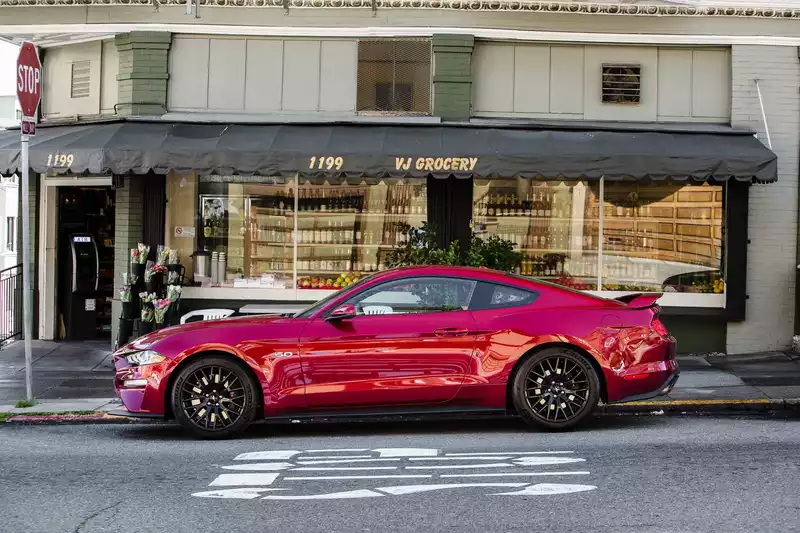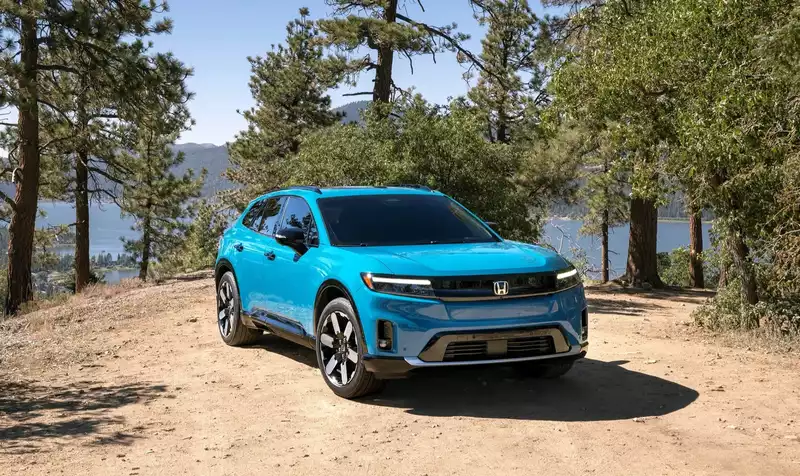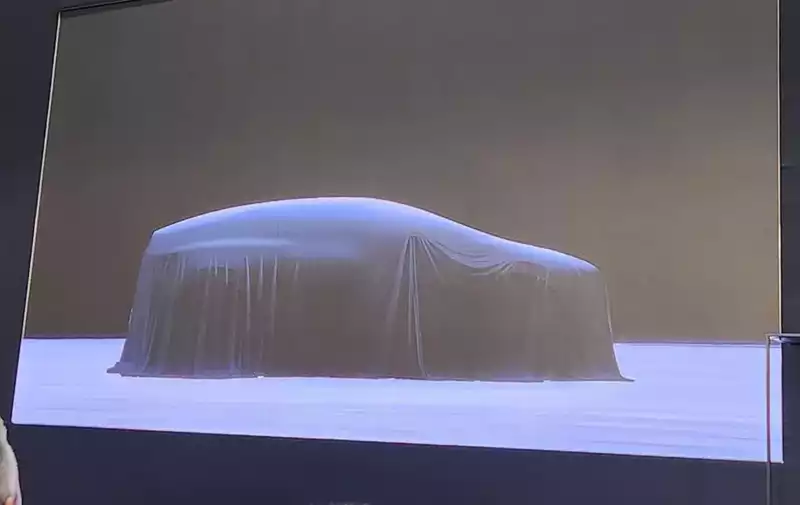Deep Dive 3D printed hypercar Czinger 21C is changing the way we think about car manufacturing.
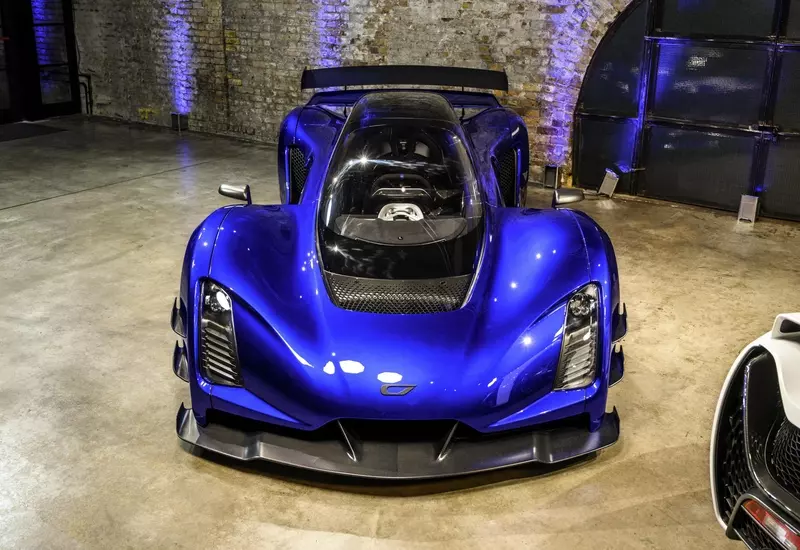
The Czinger 21C is not just a boutique hypercar. It represents a new way of producing cars: the 21C's design eliminates the costly tooling and assembly lines associated with traditional car manufacturing.
Central to this strategy is the use of Singer's proprietary manufacturing system, which enables flexible, on-demand production. Almost all metal parts such as aluminum, titanium, and Inconel (a heat-resistant material originally developed for use in the aerospace industry) are made by 3D printing, while composite body parts are made by casting. In addition, instead of joining parts on conventional assembly lines, everything is done by robots in one central location
This means that Czinger's Los Angeles plant doesn't have to be reconfigured for different models, only the software that controls the entire process needs to be changed. Yes, Czinger is planning several models after the 21C, all of which are performance oriented. The downside is that the manufacturing process is not geared for mass production. For example, there are only 80 21C models, each costing from $1.7 million and requiring about 3,000 hours of labor.
However, Zinger's method of component design is arguably revolutionary: with the power of 3D printing, each component is computationally designed and optimized for mass, efficiency, and performance. This means that no more material is used than necessary to achieve Czinger's goals, resulting in a component with an almost organic structure. Kevin Czinger, CEO and founder of Czinger, said of the 21C component's appearance at a presentation in London this week, "It looks like something found in nature. It should be effective."
Depending on the intended use, some parts may be hollow, some may have a three-dimensional internal structure, and some may be composed of multiple materials. The result is reduced mass and increased strength compared to conventional molded parts. The result is an interesting innovation in 21C design. According to Singer, the monocoque combines not only structural elements, but also cooling (via a thermosiphon process), fluid routing, and even exhaust noise control.
The 21C monocoque weighs only 265 pounds, resulting in a dry weight of less than 2,645 pounds. This result becomes even more impressive when you consider that the 21C is equipped with a 1,233-horsepower hybrid drivetrain combining a twin-turbocharged V8 engine, three electric motors, and two, albeit smaller, batteries.
The drivetrain was developed by Zinger and includes a custom-built 2.88-liter twin-turbo V8 engine with a flat crank, 80-degree steering angle, 9.5:1 compression ratio, and an ultimate speed of 11,000 rpm. Two electric motors with torque vectoring system drive the front wheels, while the V8 drives the rear wheels. A third electric motor acting as a generator is aligned with the V8 cylinder and is located between the engine and a seven-speed sequential transmission with direct gears to keep the car's two fast-charging lithium-titanate batteries fully charged.
The low mass and high power result in incredible performance: according to Zinger, the 21C accelerates to 0-62 mph in 1.9 seconds, 0-186-0 mph in 15 seconds, and 0-248-0 mph in 29 seconds (which, incidentally, is a new record). The top speed is 268 mph. The company also promises that the 21C will cover the quarter mile in 8.1 seconds, and Zinger worked closely with Michelin to provide this tire performance for the 21C.
Zinger said that deliveries of the race track-only version of the 21C (shown in blue) will begin in late 2021. The street version will be released in 2022.

